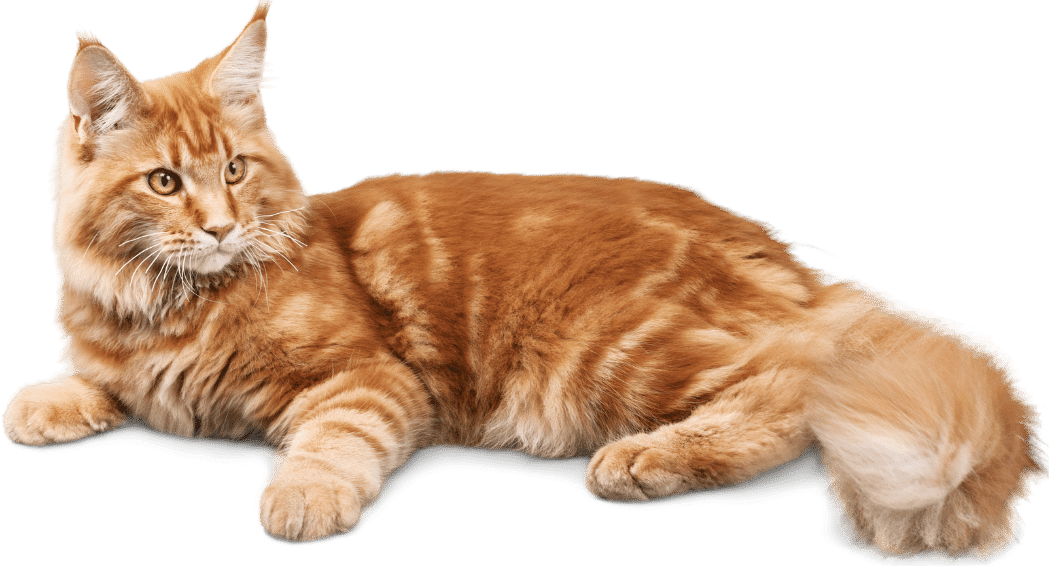Tabby Cat: Types, Personalities, and Essential Care Guide
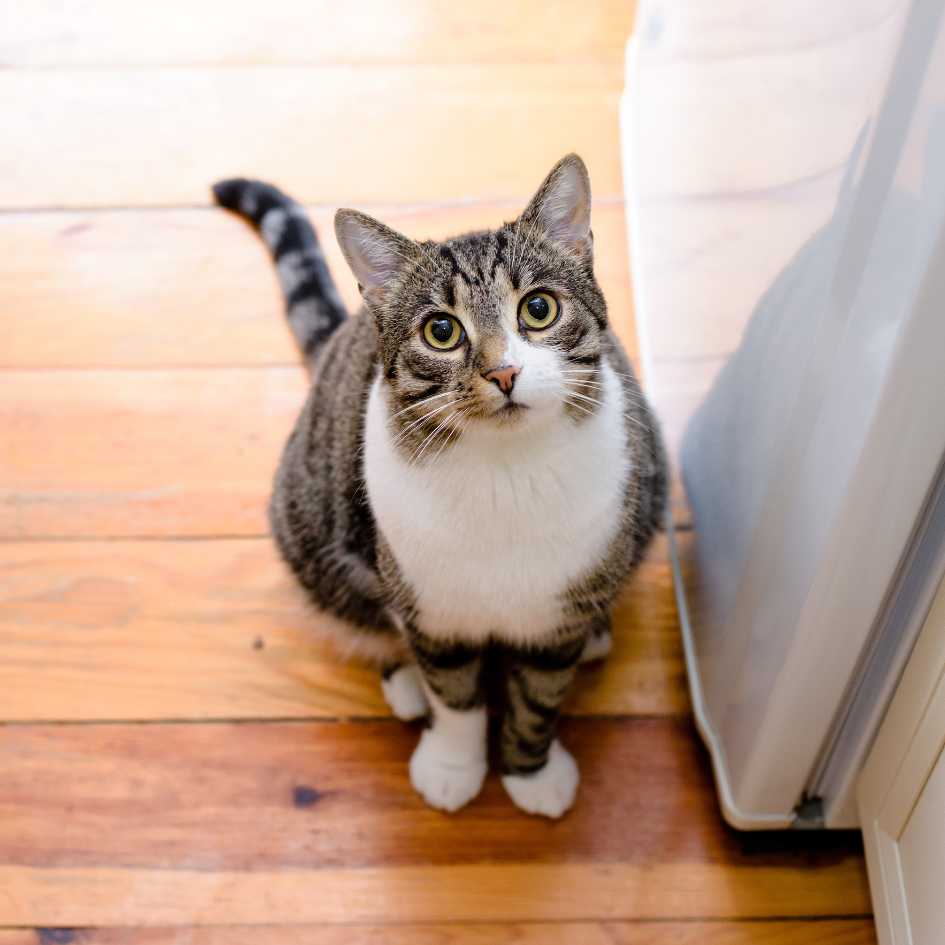
Tabby cats are among the most recognizable and beloved cats worldwide, known for their distinctive coat patterns and charming personalities. While the term “tabby” refers to a pattern rather than a breed, these cats come in a variety of colors and styles that make each one unique. This guide explores the history, types, traits, and care tips for tabby cats, providing insights into what makes them such special companions.
History of Tabby Cats
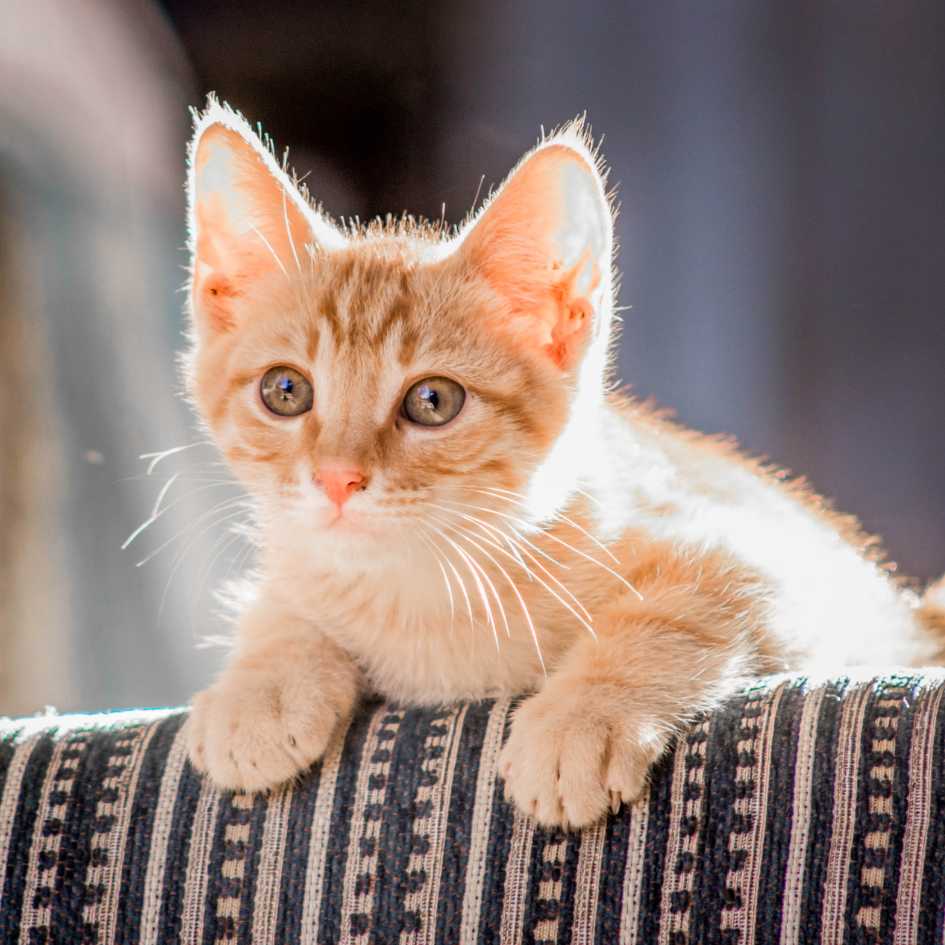
The story of tabby cats dates back thousands of years, intertwined with the domestication of cats. The tabby pattern is believed to be inherited from the African wildcat ( Felis silvestris lybica), the ancestor of domestic cats.
- Origins: The distinctive striped or swirled coat provided natural camouflage, helping these cats survive in the wild.
- Name Origin: The word “tabby” is derived from “Attabiyah,” a district in Baghdad known for its silk with striped patterns resembling tabby fur.
- Cultural Significance: Tabby cats have been depicted in art and folklore throughout history, often symbolizing agility and charm.
Types of Tabby Patterns
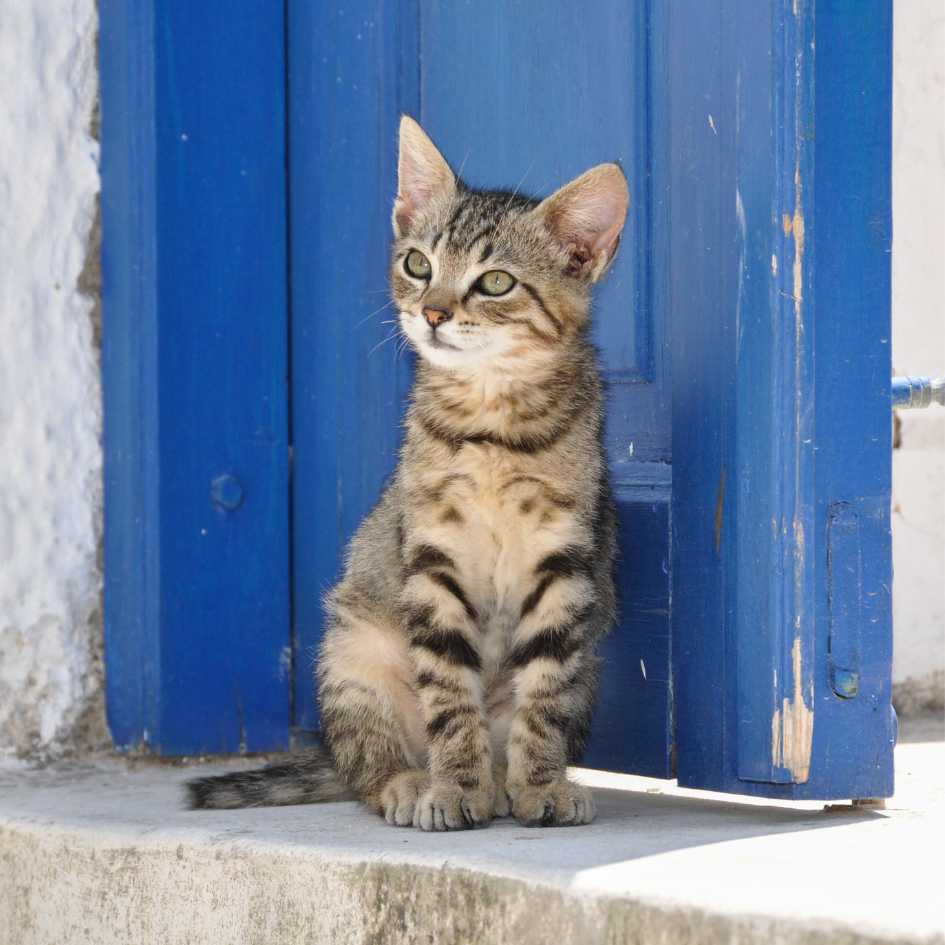
Tabby cats come in four main pattern types, each adding to their allure:
- Classic Tabby:
- Swirled patterns resembling marble.
- Sometimes called “blotched tabby.”
- Mackerel Tabby:
- Narrow, vertical stripes running parallel down their sides.
- Often referred to as “tiger tabby.”
- Spotted Tabby:
- Spots scattered across their bodies.
- These spots can vary in size and shape.
- Ticked Tabby:
- No clear stripes or spots but a speckled appearance.
- Seen in breeds like the Abyssinian.
Physical Characteristics
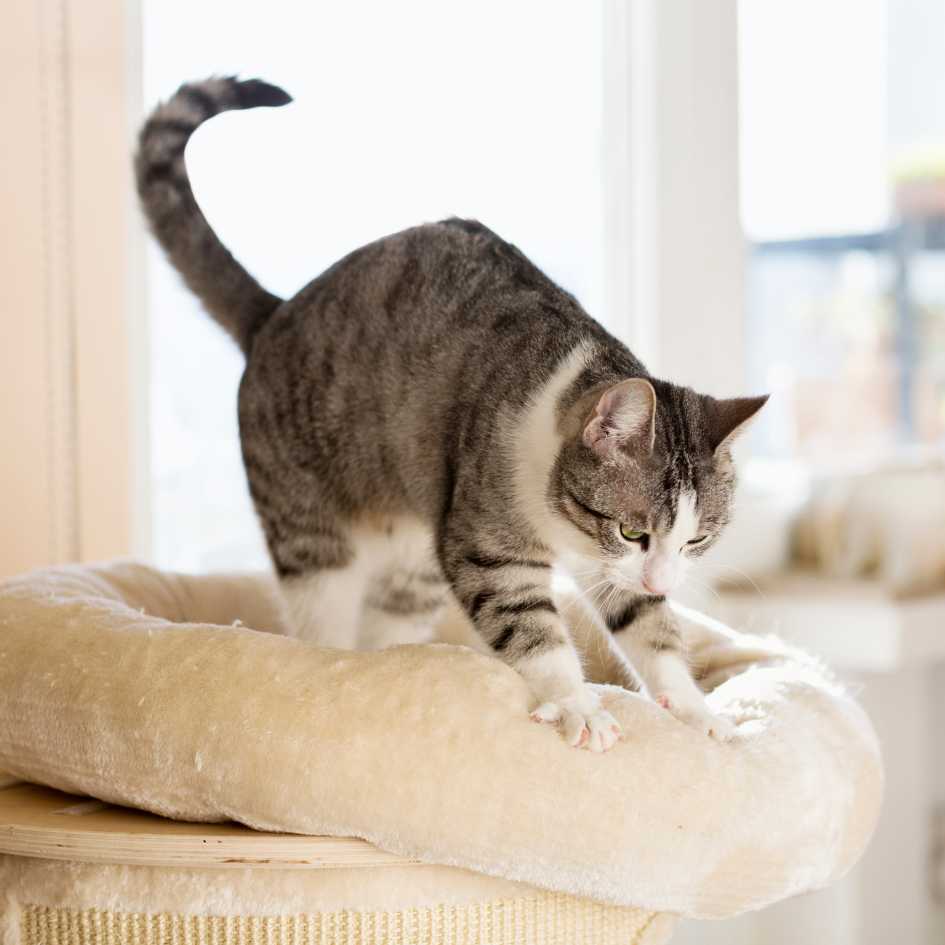
Size and Build
- Tabby cats come in all sizes since the pattern appears across many breeds.
- Medium build with muscular bodies common in domestic short-haired tabbies.
Coat Colors
Tabbies can be found in a variety of colors, including:
- Brown
- Gray (blue)
- Orange
- Silver
- Cream
Distinctive “M” Marking
One defining feature of tabby cats is the “M” shape on their foreheads, often associated with mythology and folklore.
Personality and Temperament
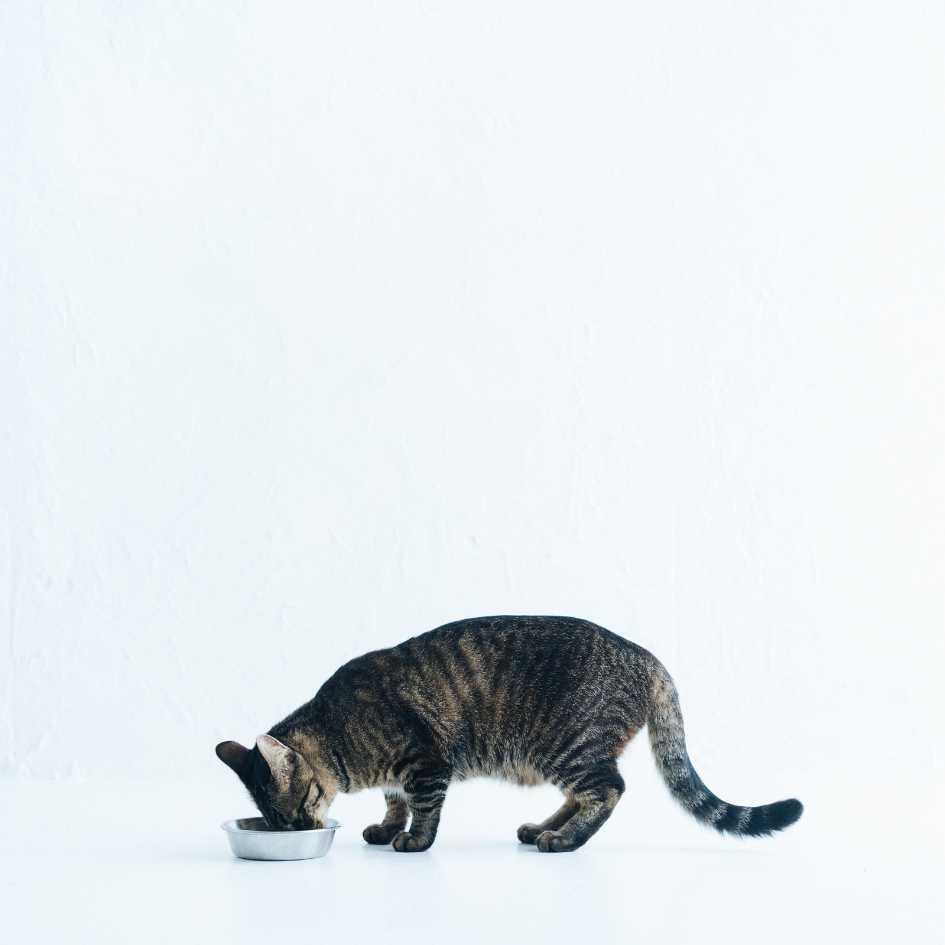
While personality traits vary based on breed and individual temperament, many tabbies share the following characteristics:
- Friendly and Sociable: Known for being affectionate with their human companions.
- Playful and Curious: Enjoy exploring and playing with toys.
- Adaptable: Comfortable in a variety of living situations, from apartments to large homes.
- Vocal: Many tabbies are talkative and enjoy communicating with their owners.
Popular Breeds with Tabby Patterns
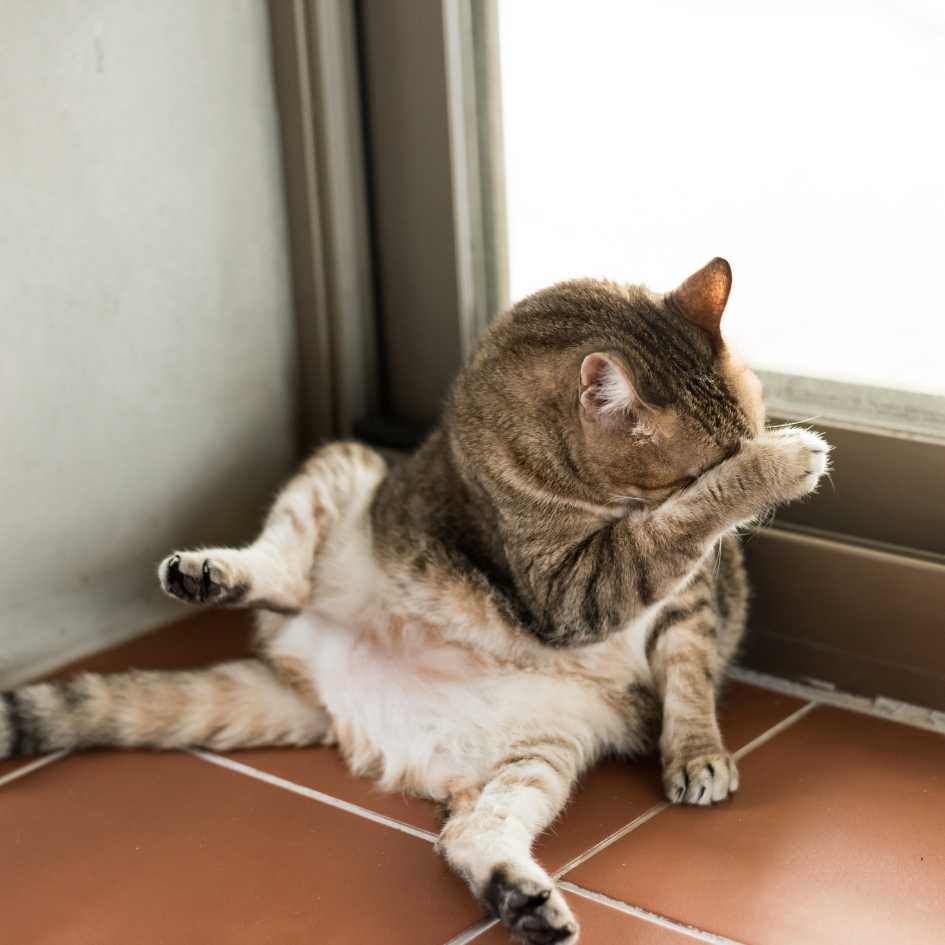
The tabby pattern is found in both purebred and mixed-breed cats. Some popular purebred cats with tabby patterns include:
- Maine Coon: Large, friendly cats often with mackerel tabby markings.
- Bengal: Known for their spotted tabby patterns resembling wild cats.
- Abyssinian: Features a ticked tabby coat.
- British Shorthair: Often displays classic tabby patterns.
- American Shorthair: Known for their striking tabby coats.
Caring for a Tabby Cat
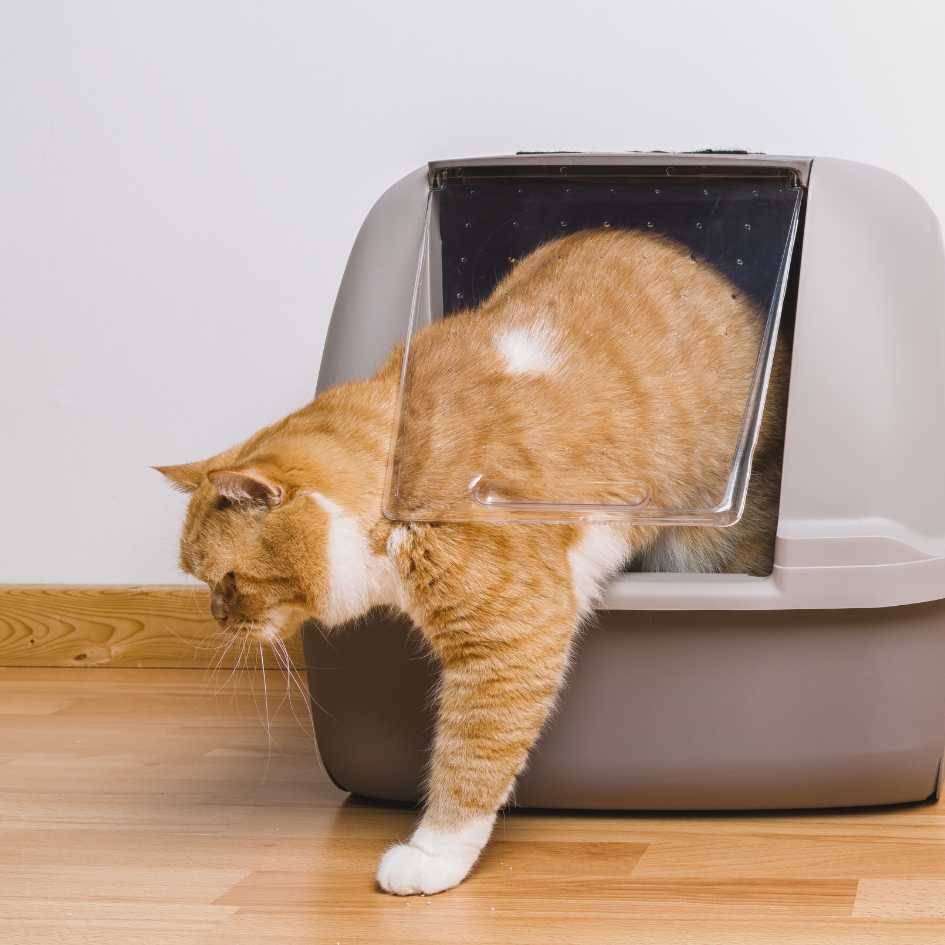
Diet and Nutrition
- Balanced Diet: Provide high-quality cat food rich in protein.
- Portion Control: Prevent obesity by monitoring their food intake.
- Hydration: Ensure fresh water is always available.
Grooming Needs
- Brushing: Weekly brushing helps reduce shedding and maintain their coat.
- Bathing: Generally, tabbies are self-groomers and rarely need baths.
- Dental Care: Brush their teeth regularly to prevent dental issues.
Exercise and Enrichment
- Interactive Play: Engage them with toys like feather wands, laser pointers, and balls.
- Climbing Structures: Provide cat trees or shelves to satisfy their climbing instincts.
- Scratching Posts: Scratching Posts are Essential for maintaining their claws and reducing furniture damage.
Health Care
- Regular Vet Visits: Schedule annual check-ups to monitor their health.
- Vaccinations: Keep up-to-date with core vaccinations.
- Parasite Prevention: Use flea and tick prevention as recommended.
Tabby Cat Price in India
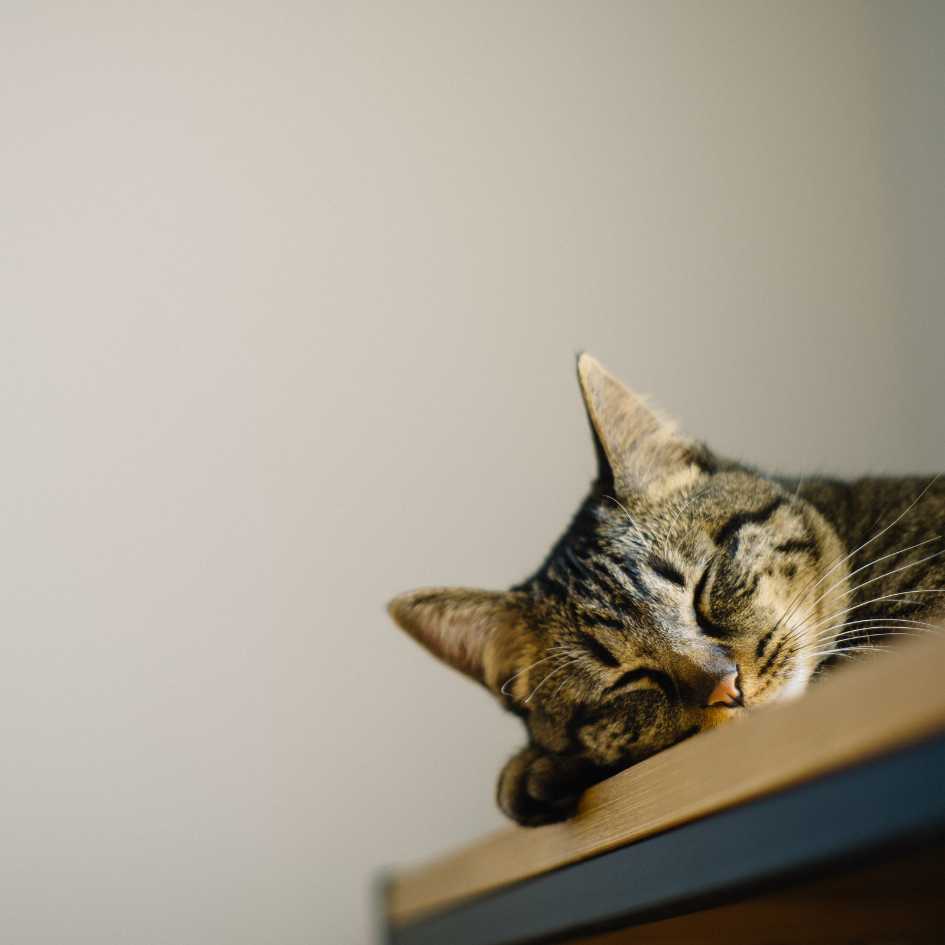
The cost of tabby cats in India varies depending on whether they are purebred or mixed breed:
- Mixed-Breed Tabbies: ₹8,000 – ₹15,000.
- Purebred Tabbies (e.g., Bengal or Maine Coon): ₹50,000 – ₹1,50,000.
- Additional Costs: Monthly expenses for food, grooming, and healthcare can range from ₹5,000 – ₹10,000.
Tabby Cats in Mythology and Folklore
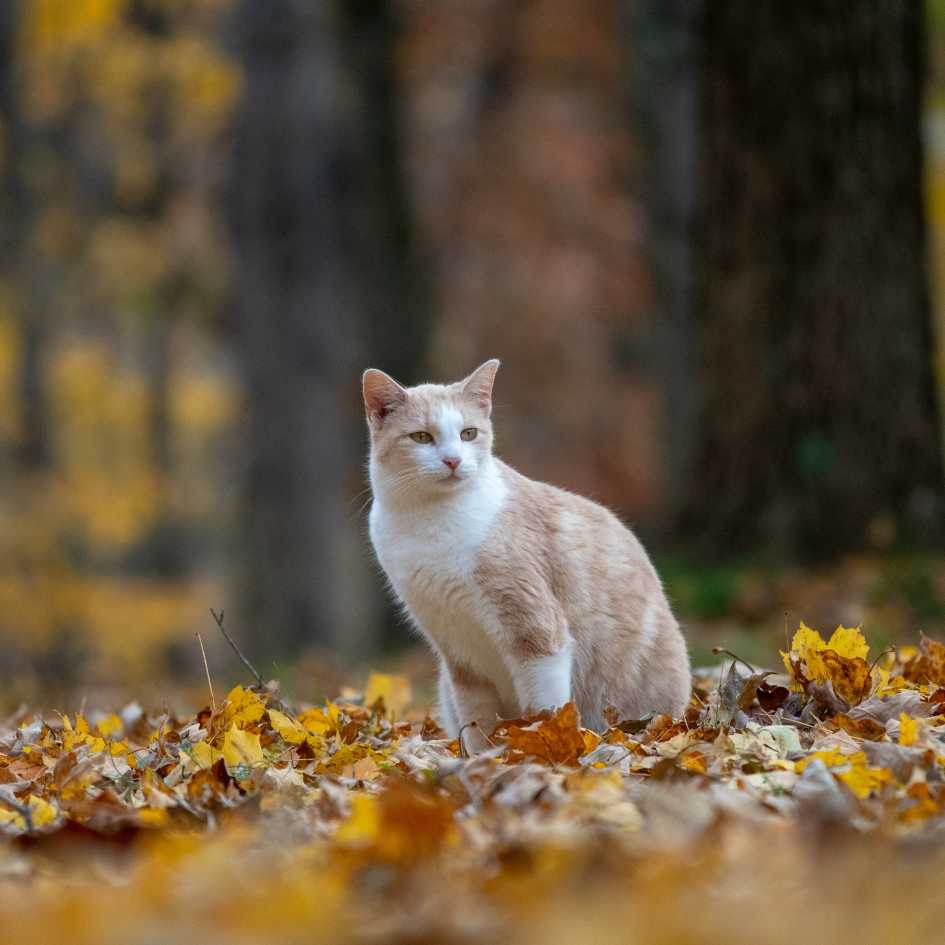
Tabby cats have a rich presence in stories and legends:
- Egyptian Lore: Associated with Bastet, the goddess of home and fertility.
- Islamic Tradition: Legend says a tabby cat saved Prophet Muhammad from a snake, earning the “M” marking on its forehead.
- Folklore: Often seen as symbols of good luck and prosperity.
Why Tabby Cats Make Great Pets
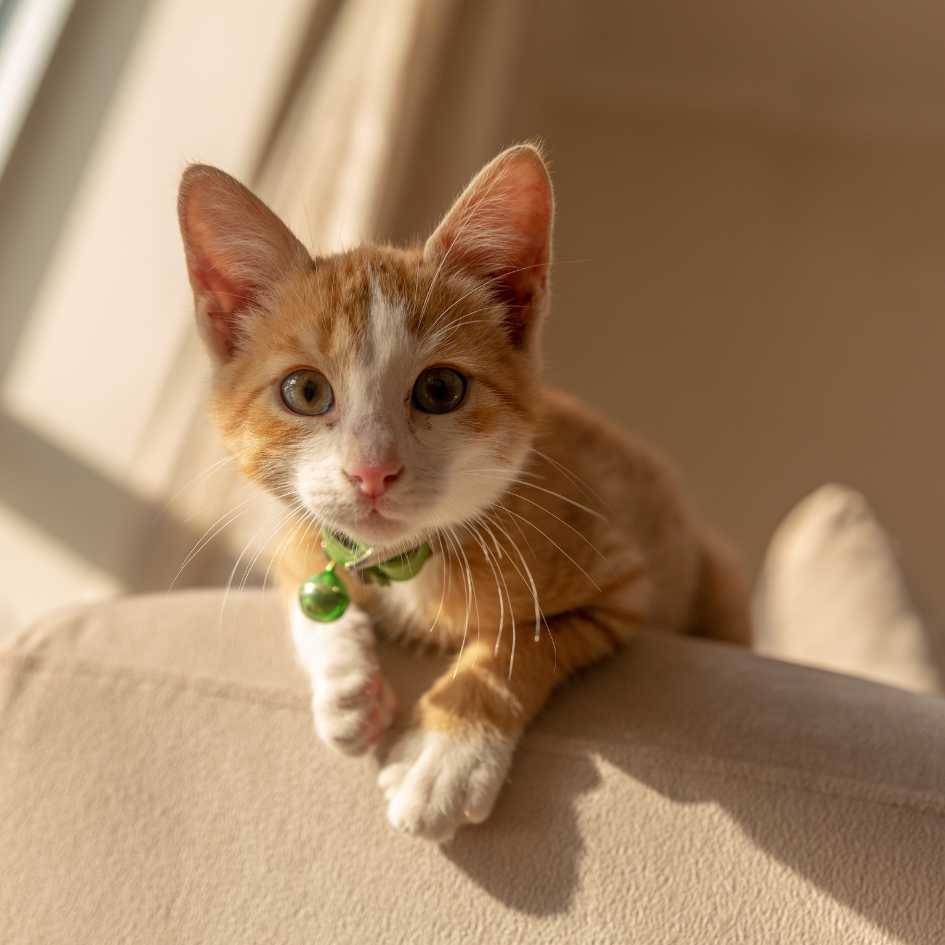
- Versatile Companions: Perfect for singles, families, and elderly owners.
- Low Maintenance: Easy to care for, especially short-haired varieties.
- Affectionate Nature: Loyal and loving towards their owners.
- Beautiful Patterns: Their striking coats add to their charm.
Conclusion
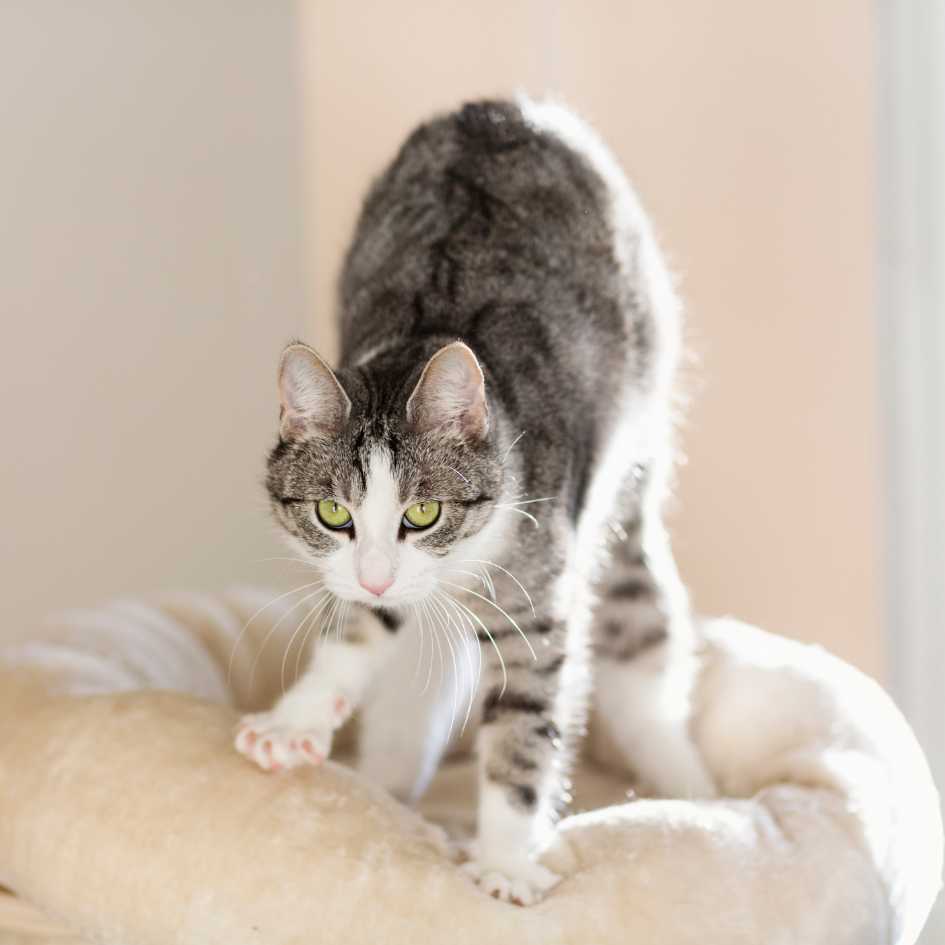
Tabby cats are more than just a pattern; they embody beauty, personality, and history. Whether you’re drawn to their unique markings or their endearing temperament, tabby cats are a delightful addition to any household. By understanding their care needs and appreciating their diverse traits, you can provide a loving and fulfilling life for your tabby companion.


